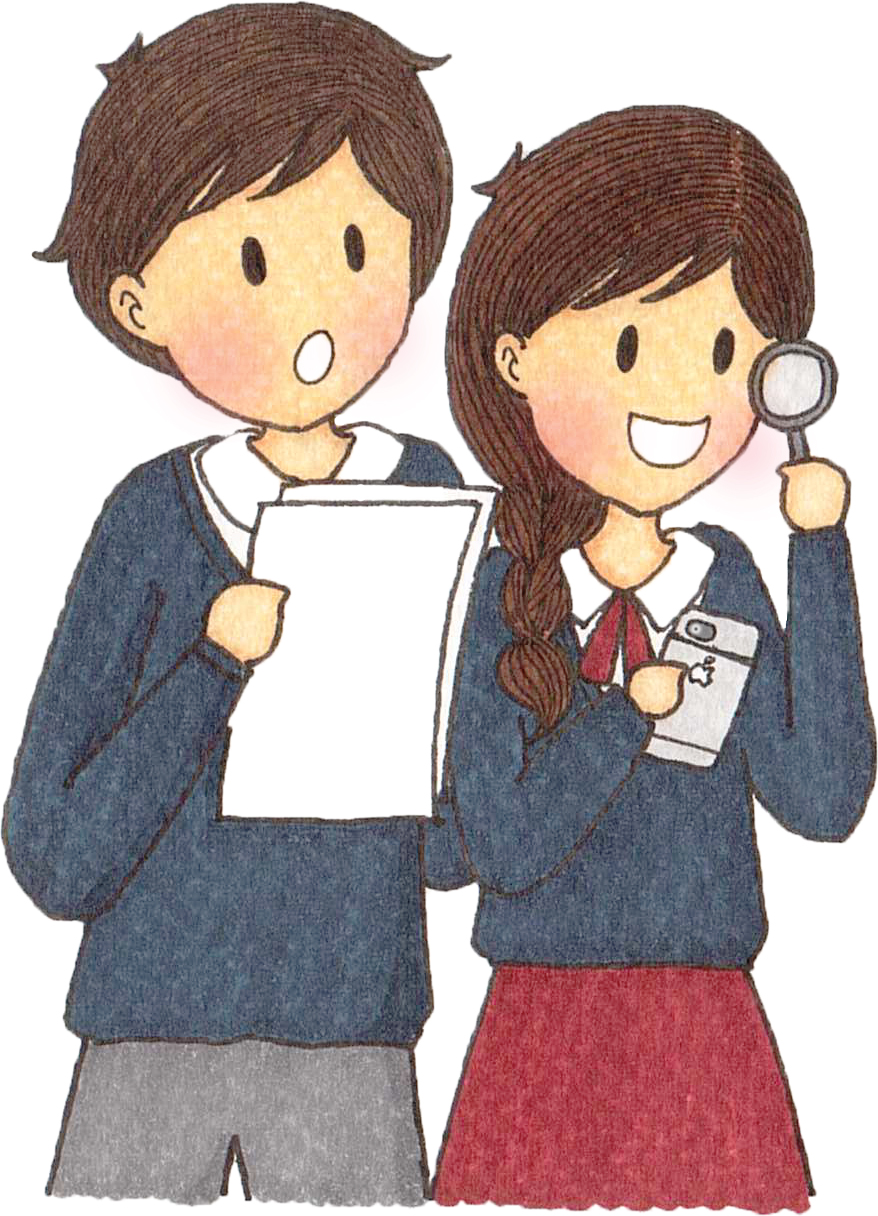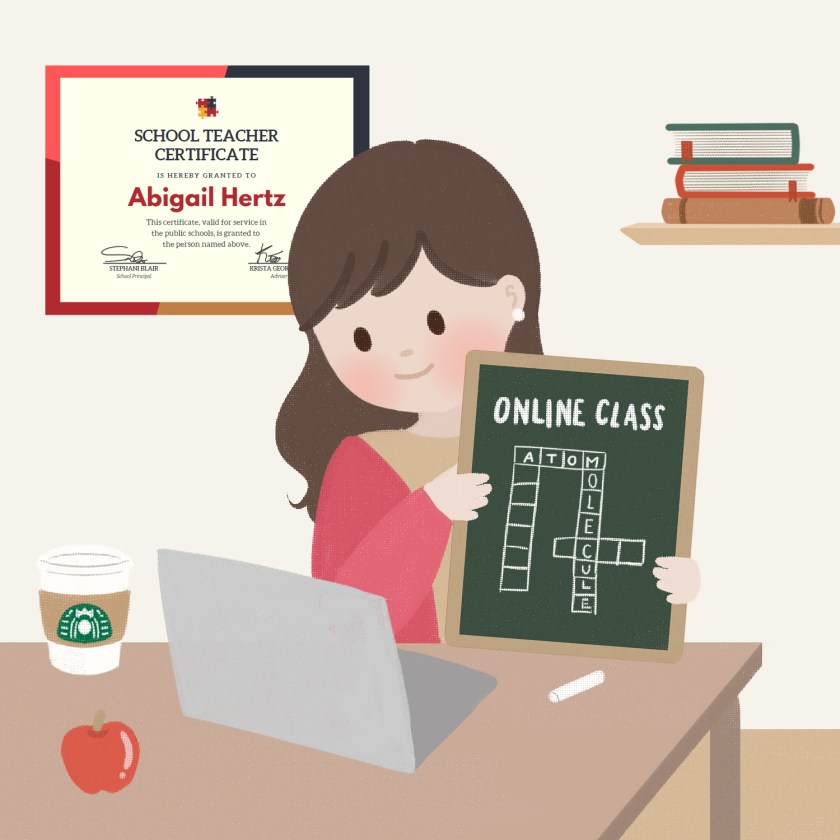An article by Richard James Rogers
Illustrated by Sutthiya Lertyongphati
Using technology in the classroom can be very exciting. Some would say it’s essential. Most teachers embrace the idea that as the years roll by, more and more electronic systems must be incorporated into teaching in order to keep pace with the ‘real world’. That being so, the future of the teaching profession as a whole looks very bleak from my perspective. There’s not just a few rocks our boat can bump into along the way – there’s a gigantic waterfall coming.
Summer Money
I recall sweating my guts out at a local cosmetics factory in my hometown of Flint every summer whilst I was at university.

From the age of 19 to 23, when the end of the academic year came I would spend anywhere between 10 and 12 weeks doing all kinds of routine work in the factory: screwing lids on perfume bottles (which gives you blisters if you do it all day), packing baby wipes into boxes and shrink-wrapping and packing all manner of toiletries; from talcum powder to aftershaves and even scented massage oils at one point.
That was roughly ten years ago.
Last year, I went back to the factory to see how things were getting along and to visit some of my old friends. Lo and behold, things had certainly changed. Machines were now screwing those lids on the perfume bottles (albeit, clumsily, I have to say), and a conveyor system cleverly placed the baby wipes into boxes. The need for human manpower had reduced somewhat, which meant less staff were being hired.

I kind of suspected that machines could replace my chubby fingers even back when I was 19. Now, finally, the factory had taken this automation step. I guess it made sense from a business perspective – you don’t have to pay a machine a salary, and it will never argue with you. It just does what it’s designed or programmed to do. End of story.
That got me thinking about my job as an educator. Could I be replaced with machines, technology or even robots now that I’ve graduated from the perfume factory and become a teacher?
The answer is an alarming yes, and it’s already happening,
Instructional Software – A Wolf in Sheep’s Clothing?
I’ve advocated and even praised the benefits of instructional software many times in the past. I often share my experience of using MyiMaths for the first time, and how it ‘transformed’ my teaching. I was telling the truth – the software basically replaced me. I became obsolete. In a frightening replay of my summers of fun at the cosmetics factory, I realised the fact that this software was only a few steps away from taking over completely. It taught the kids, it assessed their work and kept them engaged. All I had to do was walk around the classroom and occasionally clear up a misconception or two – something which could be done by other students.

Students would go into the ICT lab, or use their laptops or tablets in class, and literally be taught mathematics by the computer! The program would even assess the work immediately, and differentiation wasn’t a problem because students could work through the tasks at their own individual pace. The benefits were enormous:
- All of the students were focussed and engaged
- All of the students were challenged
- The teacher had more time to spend with individuals working on specific problems
- The content was relevant and stimulating
- No behavior management issues as the students were all quietly working
- No time was needed by the teacher for marking and assessment. The program did all that for you. All you had to do was collate the data.
Surveillance and Profit
I’ve worked in international education for best part of ten years, and I’ve seen how schools can be mercilessly run like businesses – with brand identity, marketing, brand security and, of course, profit margins being the key priorities. Many would argue that this is a good thing, as to achieve success in all of these areas a school must provide a great quality of service to parents and to students. (Side note: I talk about how parents are a teacher’s key customers in this blog post here).
But what about teachers?
At the moment, teachers and support staff are crucial to a school’s operation. School’s just don’t work without them.
But does it have to be like that?

In theory, teachers can easily be replaced with instructional software delivered through a school’s computer suites, or even the kids’ own laptops and devices. Instructional software is so good now that it can replace almost every function of a teacher. Imagine a school where cameras are in very classroom, kids learn through instructional software, grades and assessments get automatically and rapidly sent to a central control system and progress is quick and easy to track because the software does it all for you. All you need next are classrooms with large windows, or even a Penopticon-designed building, and the need for human teachers becomes close to zero. A few ‘police’/’watchers’ are all you need.

Parents will be happy: kids are on task and learning properly because the software just delivers what it’s programmed to deliver – no unpredictability factor
Student’s may not be happy, but they’ll be learning and on-task, which is really what most parent’s (though not all) care about. It’s enough the create a market to sell to.
School owners are happy – management is easy, with very few salaries to pay. Overheads are easy to calculate, making cash-flow forecasting simple. No need to spend tons of money on recruitment each year.
Can a computer really be as good as a human teacher?
It would seem so.
In 2010, an ex-physicist and professor of educational technology at Newcastle University, Sugata Mitra, conducted the second of his quirky educational technology tests.
Mitra placed a computer in the middle of a remote and underdeveloped village called Kalikuppam in Tamil Nadu, India, and loaded it with molecular biology educational material in English. He then disappeared.
Upon returning 75 days later he found that many of the children could answer one out four questions correct on a test he gave them. Upon leaving then returning sometime later, he was astounded to find that the kids could answer 50% of the questions.

Bear in mind that these kids knew no English or any molecular biology before the computer was installed. They had no human help either, except for a non-English speaking non-Biologist, who just simply encouraged the children to play on the computer.
But what about practical subjects?
But surely you need humans to teach subjects such as art, design and technology and cookery, right?
Wrong.
ICT, including the use of streaming videos and simulations, have been used successfully to teach cookery, art (where technology even seems to influencing the subject itself) and even pottery and dance.
Solutions for teachers
It seems inevitable that as education becomes more commercialized (e.g. With more and more UK state schools becoming academies), the focus of school owners will be solely on profit margins. How are good profit margins achieved? By spending as little as possible to achieve the best results.
If schools have the opportunity to deliver excellent education, without paying salaries, they’ll take it. An initial investment in ICT, surveillance and robotic systems is worth it in the long term.

Teachers, it would seem, are becoming more like wardens and facilitators as computers take over. It seems logical then that teachers should skill up in the areas of behaviour management, educational management and all things ICT – digital security (which will be essential as schools automate more), coding, software design and organisational management.
If you’re very creative and hard-working, you may even want to create the software and systems that will teach our students.
Even the role of examiner is no safe haven for a human teacher – more and more exams are being graded by computers than ever before.
Droid Alert
Earlier this month, it was reported that Dubai had commissioned its first AI police officer. Brigadier Khalid Nasserl Al Razouqi, from Dubai police’s Smart Services department, even predicted that “By 2030, we will have the first smart police station which won’t require human employees.”

If droids can replace police, then is it too large a stretch of the imagination to see RoboTeach patrolling our classrooms in the near future? Maybe the Police Smart Services Droids will take over?
I fear that the teaching profession will lose the human element very soon, and it will spring on us like a tiger waiting in the bushes. We’ll be totally unprepared unless we skill up, and wise up, soon.
Technology should be embraced if it enhances learning, but we need to be careful how far we take it.

















































